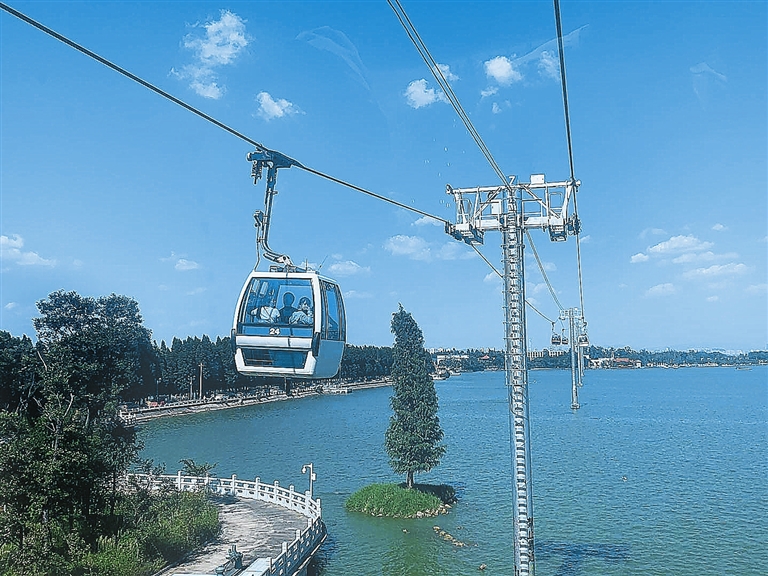
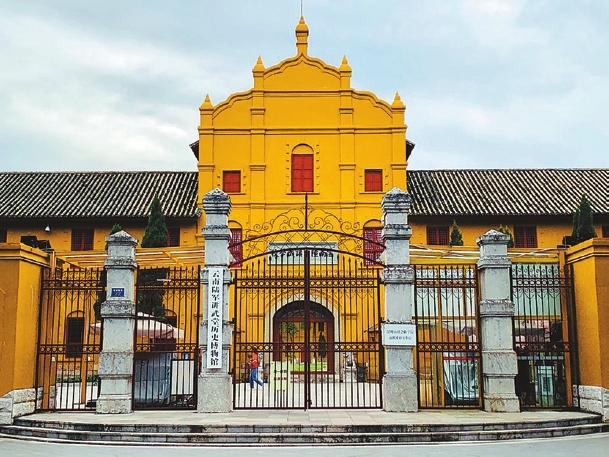
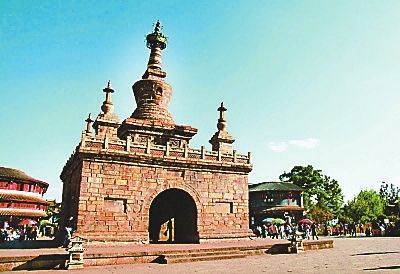
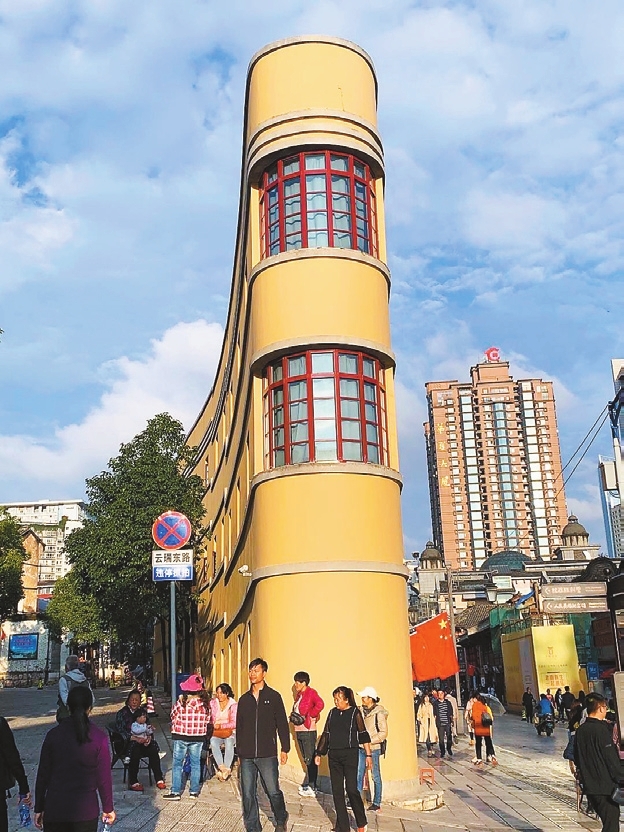
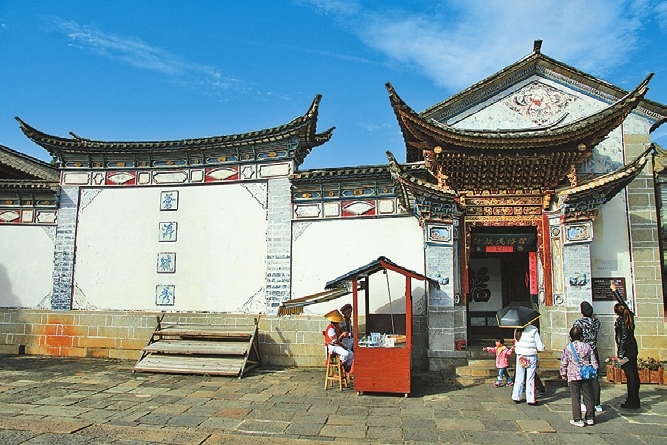
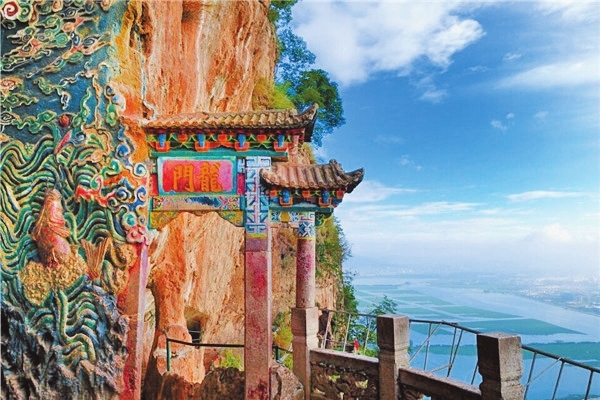
Lin Songtao 254238712@qq.com WHEN people talk about my hometown, Kunming, the capital of Southwest China’s Yunnan Province, what annoys me most is when they say “seems this place has no eye-catching scenic spots,” or that they don’t even know the city, not like the way they know about other renowned travel destinations in Yunnan, such as Dali, Lijiang, Shangri-La, Xishuangbanna, and others. Many tourists would just stay in Kunming overnight and then continue to their next destination. They view the city as a travel transfer stop. I would like to say that Kunming is not just a transfer stop, but a place worth exploring. Known as “Spring City,” the climate in Kunming around the year makes people feel comfortable, with the temperature always ranging between 10-30 degrees Celsius. From natural scenic spots to delicacies, the city can provide visitors with a cozy travel experience. Xishan Mountain and Dianchi Lake 西山·滇池 Xishan Mountain and Dianchi Lake are two of Kunming’s most significant symbols, as Cangshan Mountain and Erhai Lake are in Dali. Located in west Kunming, Xishan Mountain stretches over 40 kilometers and it looks like a sleeping beauty, with her head, breasts, belly, and legs in the shape of various peaks. It’s a golden place for citizens to hike and enjoy the fragrances of nature. What makes it special is that it has a pavilion on the edge of a cliff. The Sanqing Pavilion(三清阁) and Dragon Gate(龙门)were started with workers’ chisels in 1781 and were finished in 1853. The pavilion is an excellent location for viewing half of the city as well as watching the sunrise. After strolling the mountain, visitors can take a ropeway down to the ground, or, to Dianchi Lake. The ropeway is the only one in China that passes through mountains and water. As the largest freshwater lake in Yunnan, Dianchi Lake (“Dian” is an abbreviation for Yunnan) is called “a pearl on the highland.” Visitors can take a cruise to view the scenery. Moreover, thousands of seagulls arrive around the lake in winter each year, as the city’s climate is perfect for them to rest along their routes to Australia. They have become a symbol of Kunming. Visitors can feed these “old friends” of the city using specialized food from the booths beside the lake. Yunnan Nationalities Village 云南民族村 With a total of 25 minority nationalities living in the province, Yunan is the province hosting the largest number of nationalities in China. Located beside Dianchi Lake, Yunnan Nationalities Village has various restored villages of these nationalities as well as dance halls and folk squares. Visitors can experience the cultures, customs, and lives of 25 nationalities. Guandu Ancient Town 官渡古镇 Located in the north bank of Dianchi Lake, Guandu Ancient Town has numerous cultural relics and cultural landscapes. There’s a nearly 800-year-old Miaozhan Temple in the middle of the town. Moreover, various local snacks such as cross-bridge rice noodles and rose pastries are sold there. With relatively fewer tourists and many permanent residents, the original features of Kunming have been preserved. Kunming Old Block 昆明老街 Kunming Old Block is the last historical block in the city, with some of the houses in it enjoying a history of nearly 900 years. Visitors can find exotic Yunnan antiques from local craftsmen, and enjoy a cup of coffee in a Starbucks café in a mottled old house. Yunnan Military Academy Museum 云南陆军讲武堂 The large yellow building on the west side of Green Lake(翠湖)was once a Qing-Dynasty (1644-1911) military academy and now houses the Yunnan Military Academy Museum. It was established in 1909 and undertook tasks for training soldiers and officers during the Qing Dynasty. There are restored facilities such as classrooms and dorms accompanied with introductions, so visitors can have a look at what the life of students was like at that time. | 
